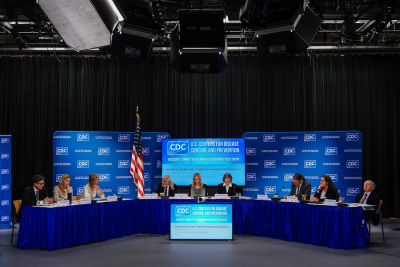Vice President JD Vance has exaggerated the increase in home prices during President Joe Biden’s tenure. He has misleadingly pointed to illegal immigration as the primary cause of the price rise.
In a Fox News interview on Nov. 13, Vance said that “the price of a new home literally doubled” under Biden. But home sales price measures show at most a 37% increase. Vance appears to be referring to an increase in the monthly cost of new homes, driven by rising mortgage rates.
In that interview and in a Dec. 2 Cabinet meeting, Vance pointed to illegal immigration as a primary cause. “Why did homes get so unaffordable?” he said in the Cabinet meeting. “Because we had 20 million illegal aliens in this country taking homes that ought by right to go to American citizens,” he said, using an exaggerated figure.
While immigration overall does affect housing costs by increasing demand, economists say the primary drivers in recent years were low mortgage interest rates that sparked demand, a subsequent rise in interest rates, and a problem with low housing supply that dates back to the Great Recession from 2007 to 2009. Immigrants in the country illegally are also more likely to rent, not buy, experts say.
Jacob Vigdor, a University of Washington public policy and governance professor who has written about immigration and housing, told us that “there is a link, but I would not say that immigration, illegal or otherwise, has been a ‘driving factor’ in escalating housing costs.” He estimated an impact of less than 1% on the current median sales price.






.png)









